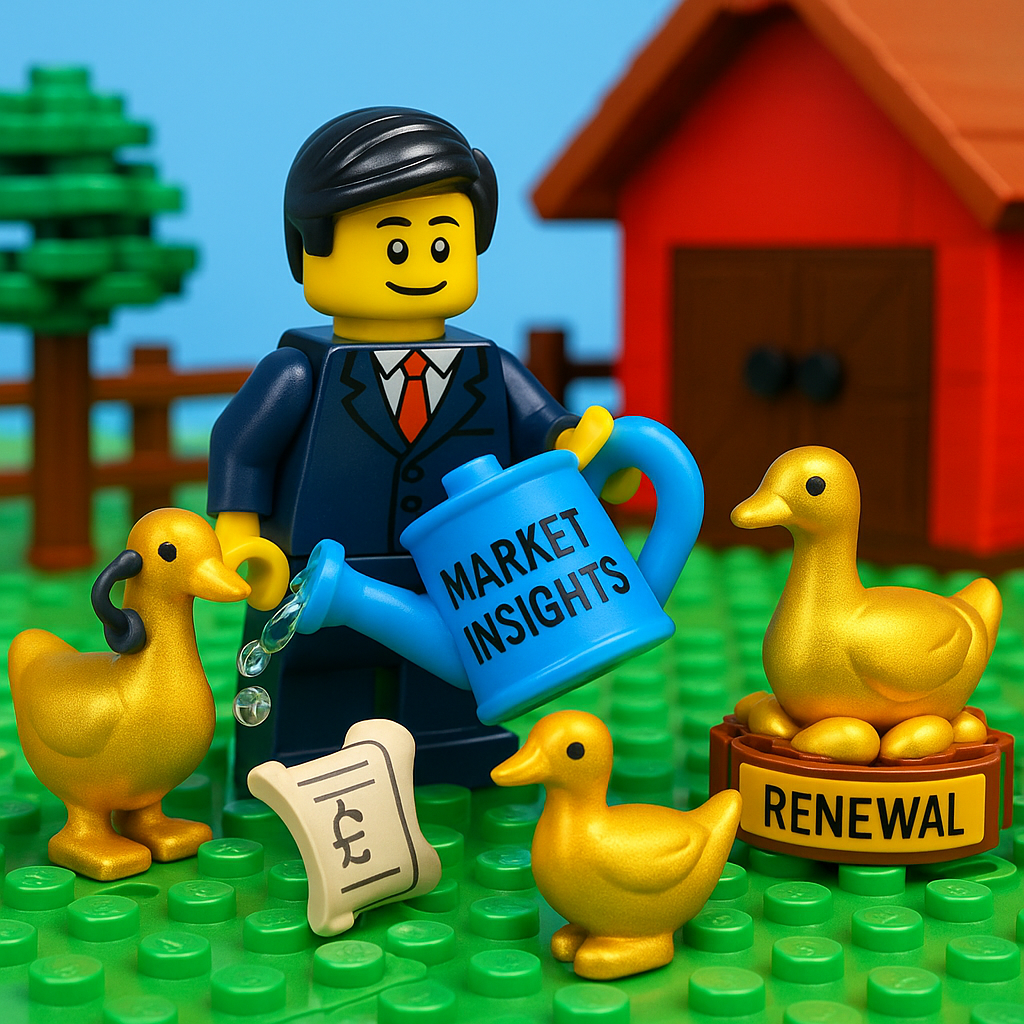Rapid Response Initiatives (RRI)
The Euros. The UK election. Glastonbury. Wimbledon. The US Elections. My upcoming holiday. Lewis Hamilton’s win yesterday. As this list would suggest, we’re not short of world events (possibly not my holiday) to talk about. Event triggers such as these and others (think landmark cases, world gatherings (e.g. Davos), impending regulations etc) provide a fantastic sales & marketing opportunity to get in front of your prospects and demonstrate your agility and capabilities to respond to the macro environment. In a fast-paced market, the ability to react quickly to event based triggers can set you apart from the competition.
At a place I used to work we termed these Rapid Response Initiatives (RRI). Three Things this week deconstructs what it takes to make an RRI successful. Enjoy.
#1. Speed to market
In a digital world of convenience and instant gratification, speed is crucial. The quicker you can get your campaign out, the better. Timing is everything; being the first to address a trending topic or event can capture the audience’s attention more effectively. Speed to market can also provide a competitive advantage –get out in front of the competition to steal some of their market. Delays can mean missed opportunities. Consider the following to increase speed to market:
- Foster a culture of agility: ensure your team is prepared to act quickly by fostering a culture of agility within your organisation. This means having streamlined approval processes, empowering team members to make decisions on the fly, and encouraging a mindset that embraces rapid iteration and improvement.
- Analysis paralysis:
“Perfection is impossible”.
That’s according to a recent commencement speech made by Roger Federer, one of the greatest tennis players of all time, who only won 54% of the points he played. Striving for 100% can often lead to delays that allow competitors to get ahead. It’s better to launch a campaign that is 80% perfect and refine it on the go, rather than waiting for it to be flawless. This approach also provides a natural follow up reason to continue contacting your targets as information becomes clearer and more updates are available. The marketplace rewards those who are timely and relevant, not necessarily those who are perfect.
#2. Add value not words
Summarising information isn’t enough. It never has been. And, in a world of Chat GPT, the new kid on the block is MUCH better than you at this task. Your audience is looking for insights and unique perspectives that they can’t find elsewhere. They want to know what impact this event has on them, something they can take to their committees / bosses and say “our advisers [insert company name] are all over this”. Add value by providing analysis, actionable insights, or expert opinions. This not only positions your brand as a thought leader but also keeps your audience engaged and coming back for more.
#3. Distribution – use hooks and nets
An RRI calls for both precision and blunt force. You want to get your view out to as many of your Total Addressable Market (TAR) as possible whilst still very much tailoring your message and impact analysis to your core customers. Bear in mind the following when discussing your Go To Market (GTM) approach:
- Go omni-channel: for speed to market, the two primary channels available are good old fashioned email and LinkedIn. These platforms will allow you to quickly contact your existing customers (email) and push your views to a wider target audience (LinkedIn). As the initiative unfolds, you should also be thinking about events (20 min flash webinars work well in the legal industry), impact analysis calls (driven straight from your CTAs) and advertising of your solution to the event trigger. Each channel offers unique opportunities to engage with different segments of your audience.
- Ensure a Strong Call to Action (CTA): decide what you want the reader to do with the information the second after they have read and understood it. Whether it’s driving traffic to your website, encouraging social media engagement, or prompting sign-ups for a webinar, a strong CTA guides your audience on what to do next. Make sure your CTA is prominently displayed and directly related to the content of your message, so your audience knows exactly how to engage further.





